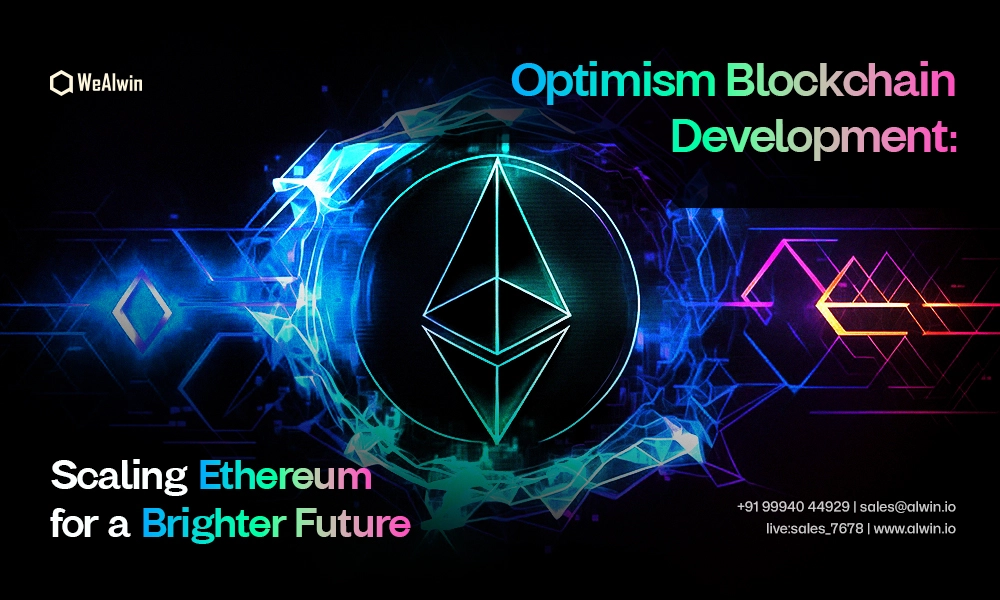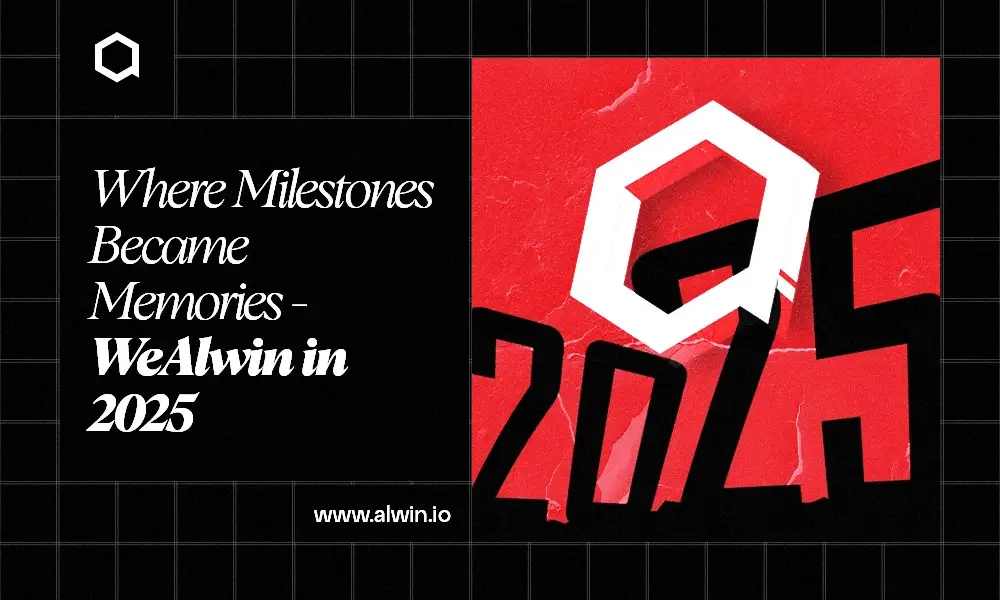The blockchain technology has literally drafted in all tech savvys and neutral audiences to witness yet another prospective feat, Optimism Blockchain.
In this blog post, we'll give you a brief overview of Optimism blockchain development. We'll cover the basics of what Optimism is, how it works, and how to get started with developing on this platform.
Optimism
Optimism is a Layer 2 (L2) scaling solution for Ethereum that improves transaction speed and throughput while maintaining the security of the Ethereum mainnet. It is an Optimistic Rollup, which means that it processes transactions off-chain and then submits a batch of transactions to the Ethereum mainnet for final settlement. This allows Optimism to achieve significantly lower transaction fees than the Ethereum mainnet, without sacrificing security.
Statistics of Optimism
It was launched in May 2022 and has quickly become one of the most popular Layer 2 solutions.
Here are some of the statistics on Optimism:
Total value locked (TVL): $400 million (as of September 2023)
Number of active addresses: 100,000 (as of September 2023)
Number of transactions: 1 million (as of September 2023)
Average transaction fee: $0.01 (as of September 2023)
Optimism is also supported by a number of major DeFi protocols, including Uniswap, Aave, and Synthetix. Optimism is also notable for its low carbon footprint. Optimistic rollups are inherently more energy-efficient than mainnet Ethereum, as they do not require all transactions to be validated by every node.
How Does Optimism Work?
Optimistic Rollups work by bundling transactions together and processing them off-chain. Once the transactions are processed, a fraud proof is generated and submitted to the Ethereum mainnet. If no one challenges the fraud proof within a certain period of time, the transactions are considered final.
This means that users can submit transactions to Optimism at a much lower cost and with faster confirmation times than they could on the Ethereum mainnet.
Here is a step-by-step explanation of how Optimism works:
A user submits a transaction to Optimism.
Optimism bundles the transaction with other transactions and processes them off-chain.
A sequencer, which is a node responsible for bundling and processing transactions, generates a fraud proof for the bundle of transactions.
The fraud proof is submitted to the Ethereum mainnet.
If no one challenges the fraud proof within a certain period of time, the transactions are considered final.
If someone does challenge the fraud proof, they must provide evidence that one of the transactions in the bundle is fraudulent. If the challenge is successful, the challenger is rewarded and the fraudulent transaction is reversed.
Consult with our business experts to get familiarized with Optimism blockchain development! Chat with us on WhatsApp
Why Adopt Optimism for Blockchain Development?
The following are the advantages associated with Optimism blockchain development:
Scalability: Optimism can process up to 2,000 transactions per second, which is significantly more than the 10-12 transactions per second that Ethereum can process on its own. This makes Optimism ideal for applications that require high transaction throughput, such as decentralized exchanges (DEXes) and gaming applications.
Low fees: Transaction fees on Optimism are typically much lower than on Ethereum. This is because Optimism batches transactions together before processing them, which allows it to spread out the cost of gas across multiple transactions.
Security: Optimism inherits the security of Ethereum. This is because all transactions on Optimism are ultimately settled on the Ethereum mainnet. This gives developers the peace of mind knowing that their applications are built on a secure platform.
EVM equivalence: Optimism is EVM-equivalent, meaning that developers can use the same tools and programming languages (Solidity, Vyper, etc.) to build on Optimism as they would on Ethereum. This makes it easy for developers to port their existing Ethereum applications to Optimism, or to build new applications on Optimism from scratch.
Notable DApps Built on Optimism
Uniswap: Uniswap is the leading decentralized exchange (DEX) on Optimism, offering users a fast and cheap way to trade Ethereum tokens.
Synthetix: Synthetix is a protocol for creating synthetic assets, which are tokens that track the price of real-world assets such as gold, stocks, and commodities.
Thales: Thales is a platform for creating prediction markets, which allow users to bet on the outcome of future events.
Perpetual Protocol: Perpetual Protocol is a decentralized perpetual swap exchange, which allows users to trade perpetual contracts on a variety of assets.
PoolTogether: PoolTogether is a no-loss savings protocol that allows users to pool their money together to earn interest on their deposits.
Challenges and Considerations
While Optimism offers many advantages over the main Ethereum blockchain, it also presents some unique challenges for developers.
Challenges
Complexity: Optimism is a complex system that relies on a number of different components, including sequencers, aggregators, and fraud provers. Developers need to have a deep understanding of how all of these components work together in order to build reliable and secure applications.
Cost: Developing on Optimism can be more expensive than developing on Ethereum, due to the need to pay for sequencer fees and fraud proof fees. However, the cost savings from lower gas fees can offset these costs for many applications.
Ecosystem: The Optimism ecosystem is still relatively new and underdeveloped. This means that there are fewer tools and resources available for developers, and it can be more difficult to find support if you encounter problems.
Considerations
Use cases: Optimism is not suitable for all applications. It is best suited for applications that require a high volume of transactions and low fees, such as decentralized exchanges and payment processing systems.
Security: Optimism is still under development, and there have been a few security vulnerabilities discovered in the past. Developers need to carefully evaluate the security of Optimism before deploying their applications.
User experience: The user experience for Optimism applications is not as smooth as the user experience for Ethereum applications. This is because Optimism applications need to perform additional steps to process transactions and fraud proofs.
Conclusion
Optimism is the driving force behind blockchain development. It empowers us to overcome challenges, innovate, and collaborate. With optimism, we're forging a future where trust and transparency redefine industries. As we journey through the blockchain landscape, let optimism guide us to a decentralized world where possibilities are limitless. It's not just a mindset; it's the key to transformation. Stay optimistic, and together, we'll shape a brighter digital future.



